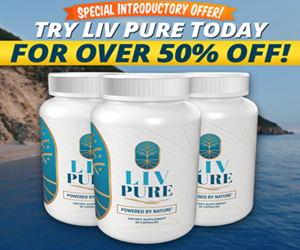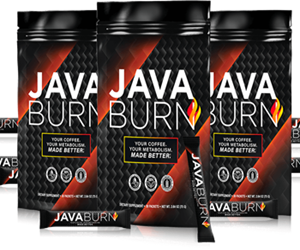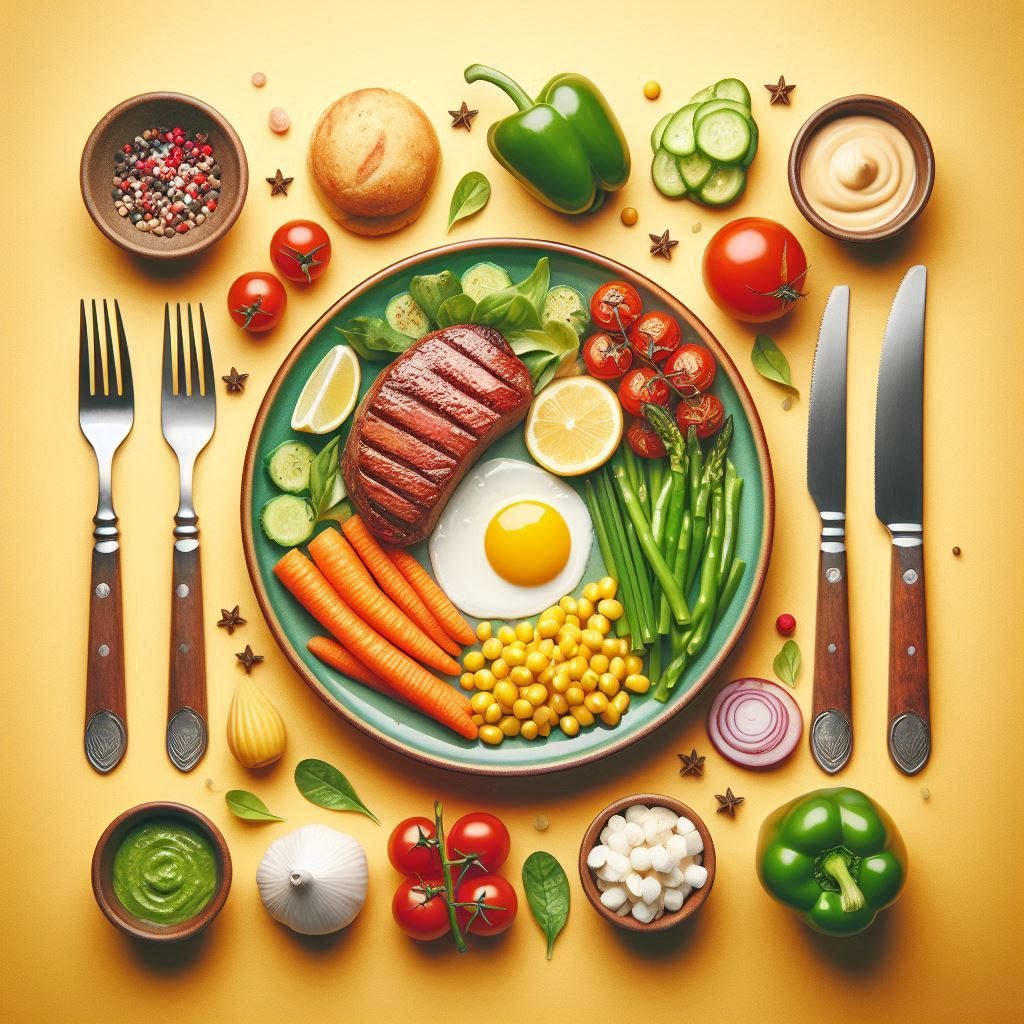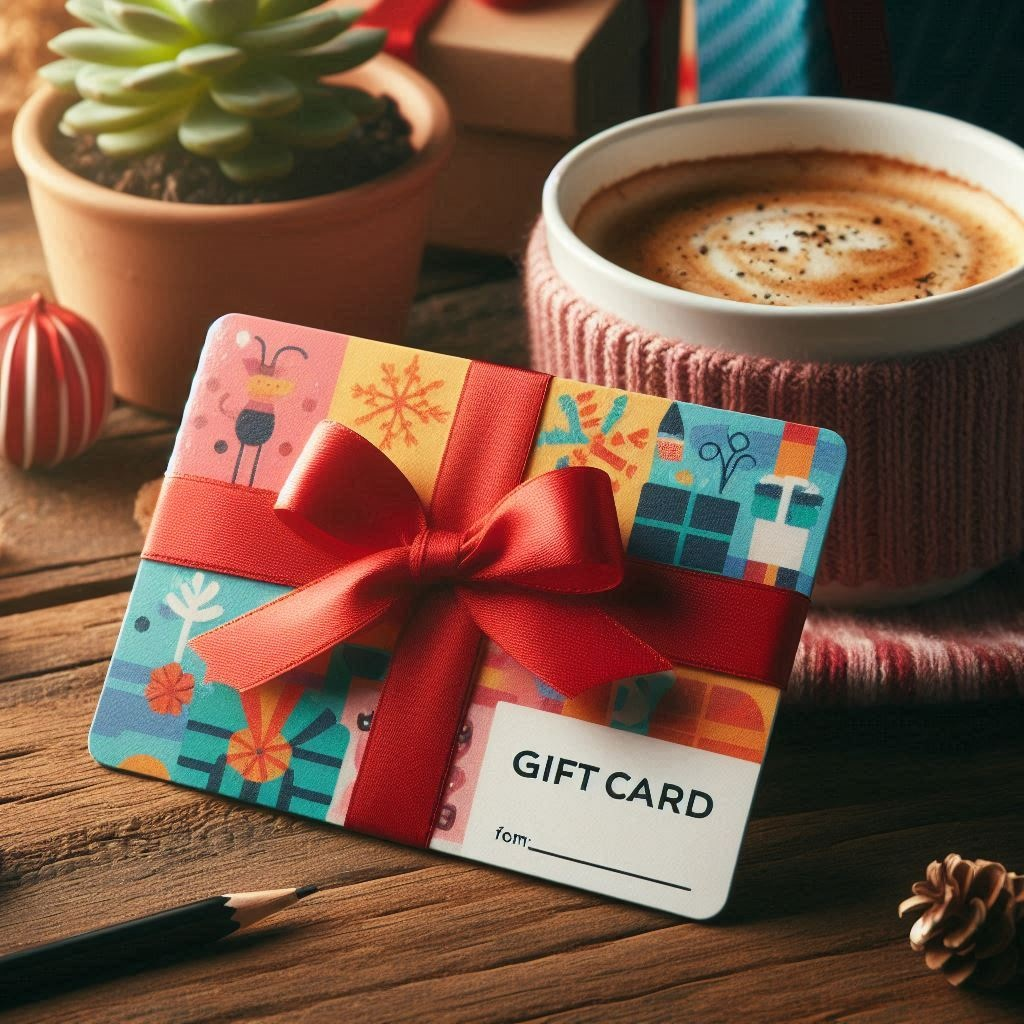In our fast-paced world, finding time to prepare and enjoy a healthy lunch can be challenging. Often, we resort to quick fixes that are not always the best for our health. However, there are plenty of nutritious and delicious lunch options that do not require heating up, making them perfect for busy days, school lunches, or outdoor adventures. Here are some tips and ideas for preparing healthy, no-heat lunches that will keep you energized and satisfied throughout the day.
1. Embrace the Power of Salads
Salads are a versatile and nutritious option that can be customized to suit any taste preference. Here are some tips for creating a hearty and satisfying salad:
- Base Selection: Start with a variety of greens such as spinach, kale, arugula, or mixed greens. These leafy greens are packed with vitamins and minerals.
- Add Protein: Include a source of protein like grilled chicken, tofu, hard-boiled eggs, chickpeas, or quinoa. This will help keep you full and provide essential nutrients.
- Incorporate Healthy Fats: Add avocados, nuts, seeds, or olives for a dose of healthy fats that are crucial for brain function and overall health.
- Include Vegetables: Load up on colorful vegetables like bell peppers, cucumbers, tomatoes, carrots, and radishes. The more colors, the more nutrients you are likely to get.
- Dress It Up: Use a healthy dressing made from olive oil, lemon juice, balsamic vinegar, or Greek yogurt. Avoid store-bought dressings that are often high in sugar and unhealthy fats.
2. Opt for Wraps and Sandwiches
Wraps and sandwiches are convenient and can be packed with a variety of healthy ingredients. Here are some ideas:
- Whole Grain Choices: Use whole grain bread, wraps, or pitas to add fiber to your meal.
- Lean Proteins: Fill them with lean proteins such as turkey, chicken, tuna, or plant-based options like hummus or black bean spread.
- Fresh Vegetables: Add plenty of fresh veggies like lettuce, spinach, cucumbers, and tomatoes. For extra crunch, try adding shredded carrots or bell peppers.
- Healthy Spreads: Instead of mayonnaise, use healthier spreads like avocado, mustard, or Greek yogurt-based dressings.
3. Enjoy Grain Bowls
Grain bowls are a fantastic option for a balanced and nutritious lunch. They are easy to prepare and can be eaten cold. Here’s how to build a perfect grain bowl:
- Base Grains: Start with a base of cooked quinoa, brown rice, farro, or bulgur. These grains provide complex carbohydrates and fiber.
- Protein Addition: Top with your choice of protein such as grilled chicken, tofu, edamame, or beans.
Colorful Vegetables: Add a variety of vegetables like roasted sweet potatoes, beets, cherry tomatoes, and cucumbers.
- Healthy Fats: Include avocado slices, nuts, or seeds.
- Boosters: Drizzle with a flavorful dressing or sauce made from tahini, soy sauce, lemon juice, or olive oil.
4. Pack a Bento Box
Bento boxes are a fun and visually appealing way to pack a balanced meal. They allow you to include a variety of foods in one container. Here are some bento box ideas:
- Protein: Include portions of grilled chicken, tofu, hard-boiled eggs, or smoked salmon.
- Carbs: Add a serving of whole grain rice, quinoa, or whole wheat pasta.
- Vegetables:Include a mix of raw or steamed vegetables like broccoli, carrots, cherry tomatoes, and bell peppers.
- Fruits: Add fresh fruit slices like apple, orange, berries, or grapes.
- Snacks: Include a small portion of nuts, seeds, or a piece of dark chocolate for a treat.
5. Try Cold Pasta Salads
Cold pasta salads can be a refreshing and filling lunch option. Here’s how to make a nutritious pasta salad:
- Choose Whole Grain Pasta: Opt for whole grain or legume-based pasta for added fiber and nutrients.
- Add Protein: Include protein sources like grilled chicken, shrimp, chickpeas, or cheese.
- Mix in Vegetables: Add a variety of vegetables such as cherry tomatoes, bell peppers, cucumbers, and spinach.
- Dress Lightly: Use a light dressing made from olive oil, vinegar, and herbs. Avoid heavy, creamy dressings.
6. Incorporate Fresh and Easy Snacks
Sometimes a collection of healthy snacks can make up a satisfying lunch. Consider these snack options:
- Fresh Fruits and Vegetables: Pack sliced fruits like apples, oranges, or berries, and vegetables like carrots, celery, and bell peppers.
- Dips: Include healthy dips like hummus, guacamole, or Greek yogurt-based dips.
- Nuts and Seeds: Add a small portion of almonds, walnuts, sunflower seeds, or pumpkin seeds for a protein and nutrient boost.
- Whole Grain Crackers: Pair with cheese or nut butter for a balanced snack.
7. Plan Ahead
Preparation is key to ensuring you have healthy lunches ready to go. Here are some tips for planning ahead:
- Meal Prep: Dedicate a day each week to meal prep. Cook and portion out ingredients for your lunches in advance.
- Storage: Invest in quality storage containers to keep your food fresh and organized.
- Shopping List: Make a detailed shopping list to ensure you have all the ingredients you need for the week.
Conclusion
Healthy lunches that don’t need to be heated up can be delicious, nutritious, and easy to prepare. By incorporating a variety of proteins, vegetables, healthy fats, and whole grains, you can create balanced meals that keep you energized throughout the day. With a little planning and creativity, you can enjoy tasty and healthy lunches no matter where you are.
Whether you’re packing lunch for work, school, or a day out, these tips will help you make nutritious choices that are both convenient and satisfying. Enjoy the benefits of eating well, even when you’re on the go!
FAQs (Frequently Asked Questions)
Q1: What are some protein options for no-heat lunches?
A1: Some excellent protein options include grilled chicken, tofu, hard-boiled eggs, chickpeas, edamame, and tuna.
Q2: How can I keep my salads fresh until lunchtime?
A2: Use airtight containers, keep dressings separate until you’re ready to eat, and include a paper towel in the container to absorb excess moisture.
Q3: What are some healthy spreads for sandwiches and wraps?
A3: Healthy spreads include avocado, hummus, Greek yogurt-based dressings, mustard, and nut butters.
Q4: Can I prepare these lunches ahead of time?
A4: Yes, many of these lunches can be prepared ahead of time. Meal prepping on weekends can save time during the week.
Q5: How do I prevent my fruits from browning?
A5: To prevent fruits like apples and bananas from browning, coat them lightly with lemon juice or store them in an airtight container.
Q6: What are some good grain options for grain bowls?
A6: Great grain options include quinoa, brown rice, farro, bulgur, and barley.
Q7: How can I add variety to my no-heat lunches?
A7: Mix and match different proteins, vegetables, grains, and dressings. Trying new recipes and ingredients can also add variety.
Q8: Are there any no-heat lunch options for vegetarians?
A8: Yes, vegetarians can enjoy salads with beans or tofu, grain bowls with roasted vegetables, and wraps with hummus and fresh veggies.
Q9: mWhat are some healthy snacks that don’t need to be heated?
A9: Healthy snacks include fresh fruits and vegetables, nuts, seeds, whole grain crackers, and cheese.
Q10: How can I make sure my lunches are balanced and nutritious?
A10: Aim to include a mix of protein, healthy fats, complex carbohydrates, and plenty of fruits and vegetables in your lunches.





































